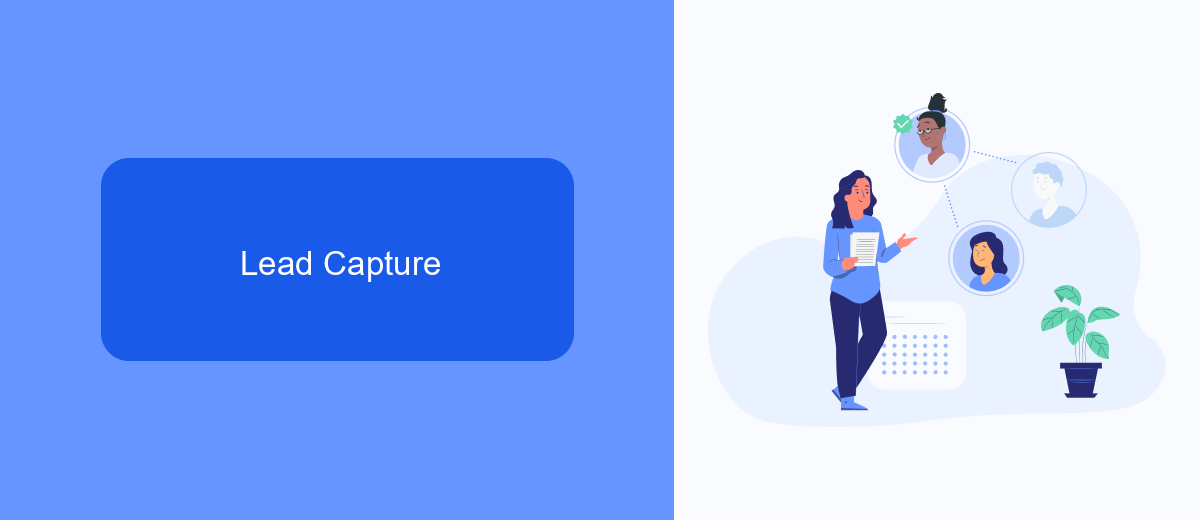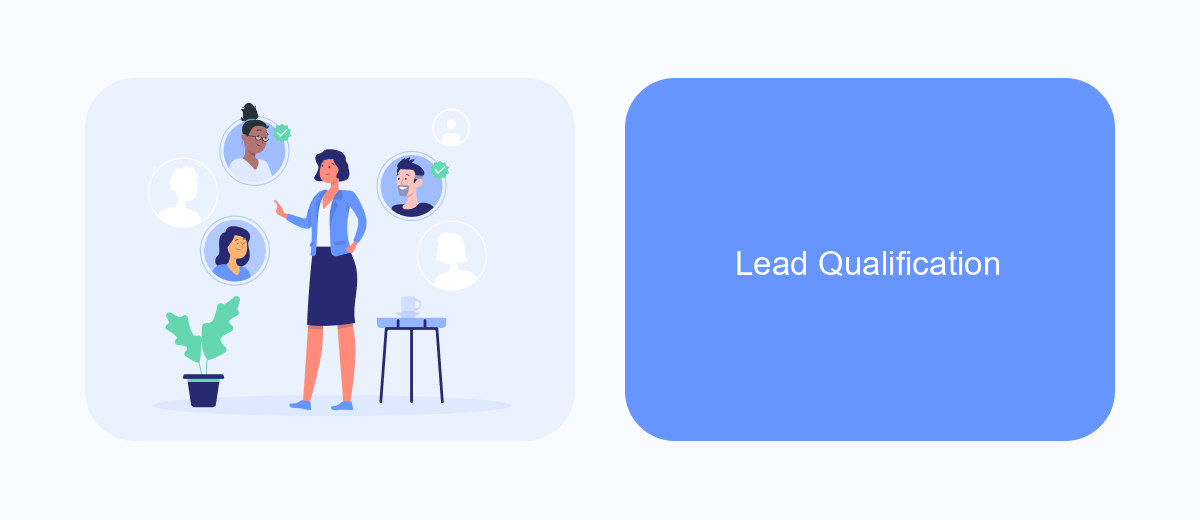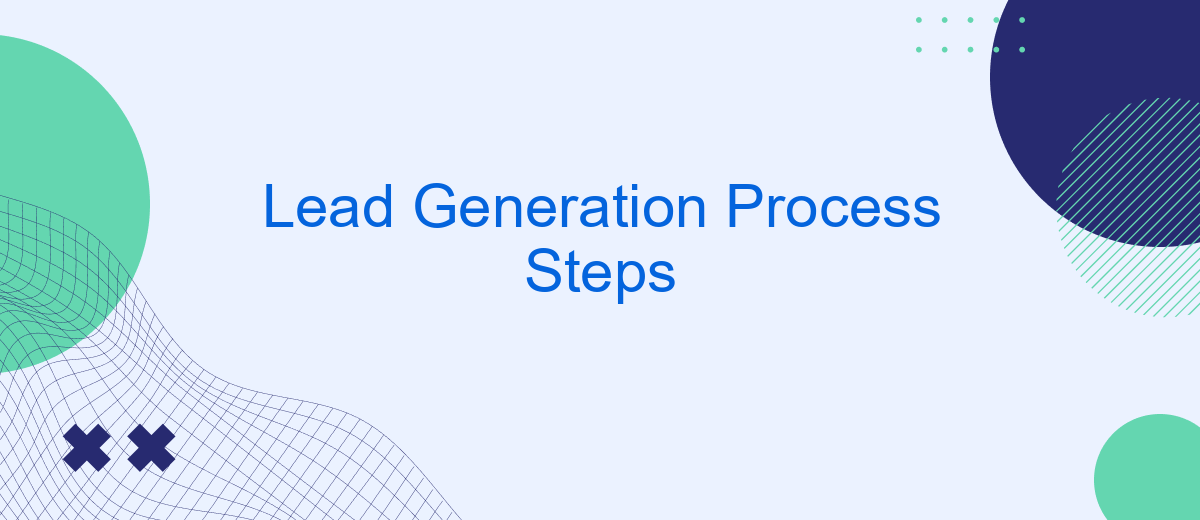Lead generation is a critical aspect of any successful business strategy, driving the acquisition of potential customers and fostering growth. Understanding the steps involved in the lead generation process can greatly enhance your ability to attract, engage, and convert prospects. This article outlines the essential steps to optimize your lead generation efforts and ensure a steady pipeline of qualified leads.
Lead Identification
Lead identification is the crucial first step in the lead generation process. It involves pinpointing potential customers who are most likely to benefit from your product or service. This step sets the foundation for all subsequent activities, ensuring that your efforts are directed towards the right audience.
- Define your target audience based on demographics, interests, and behaviors.
- Utilize tools like Google Analytics and social media insights to gather data.
- Leverage CRM systems to track and manage potential leads.
- Consider integrating services like SaveMyLeads to automate data collection and streamline the identification process.
By accurately identifying leads, you can tailor your marketing strategies to meet their specific needs and preferences. This not only increases the likelihood of conversion but also enhances customer satisfaction. Effective lead identification is a blend of strategic planning and the use of advanced tools, ensuring that your resources are optimally utilized.
Lead Capture

Lead capture is the initial and crucial step in the lead generation process, where potential customers' information is collected. This can be achieved through various means such as web forms, landing pages, and social media interactions. Effective lead capture strategies often involve offering something of value, such as a free eBook, webinar access, or a discount code, in exchange for the visitor's contact details. The goal is to entice visitors to willingly provide their information, which can then be used to nurture them through the sales funnel.
To streamline and enhance the lead capture process, integrating automation tools can be highly beneficial. Services like SaveMyLeads enable seamless integration between various platforms, ensuring that captured leads are automatically transferred to your CRM or email marketing system. This not only saves time but also reduces the risk of data loss and ensures that leads are promptly followed up. By using SaveMyLeads, businesses can focus more on engaging with potential customers rather than getting bogged down by manual data entry tasks.
Lead Nurturing

Lead nurturing is a crucial aspect of the lead generation process that involves building relationships with potential customers and guiding them through the sales funnel. By providing valuable content and personalized communication, businesses can keep leads engaged and move them closer to making a purchase decision.
- Segment your leads based on their interests, behavior, and stage in the buyer's journey.
- Create targeted content that addresses the specific needs and pain points of each segment.
- Automate your communication through email campaigns, social media, and other channels.
- Monitor and analyze the performance of your nurturing efforts to make data-driven adjustments.
- Utilize tools like SaveMyLeads to integrate and streamline your lead nurturing processes seamlessly.
Effective lead nurturing requires consistent effort and a strategic approach. By leveraging automation tools and data analytics, businesses can deliver personalized experiences that foster trust and drive conversions. Remember, the goal is to provide value at every touchpoint, ensuring that leads feel understood and supported throughout their journey.
Lead Qualification

Lead qualification is a critical step in the lead generation process, ensuring that your sales team focuses on prospects who are most likely to convert. This process involves evaluating potential leads based on their fit and likelihood to purchase, which can be determined through various criteria such as budget, authority, need, and timing.
To effectively qualify leads, start by gathering relevant information through initial interactions, surveys, or forms. Analyze this data to identify key indicators that align with your ideal customer profile. Automation tools like SaveMyLeads can streamline this process by integrating your lead capture forms with your CRM, ensuring that all necessary data is collected and organized efficiently.
- Identify key qualification criteria
- Gather and analyze lead information
- Use automation tools for data integration
- Segment leads based on qualification scores
By implementing a robust lead qualification process, you can prioritize high-quality leads, improve conversion rates, and optimize your sales efforts. Leveraging tools like SaveMyLeads can enhance your ability to manage and qualify leads effectively, ensuring a more streamlined and efficient workflow.


Lead Distribution
Lead distribution is a crucial step in the lead generation process, ensuring that generated leads are efficiently and effectively routed to the appropriate sales representatives or departments. This process involves setting up rules and criteria to determine which leads go to which team members based on factors such as geographic location, product interest, or lead score. Proper lead distribution helps optimize the sales workflow, reduce response times, and increase the chances of converting leads into customers.
To facilitate seamless lead distribution, businesses often utilize integration services like SaveMyLeads. This platform allows companies to automate the lead routing process by connecting various lead sources, such as web forms and social media channels, with their CRM systems. With SaveMyLeads, organizations can set up custom distribution rules and ensure that leads are automatically assigned to the right salespeople in real-time, enhancing efficiency and ensuring no lead falls through the cracks. By leveraging such tools, businesses can streamline their lead management process and improve overall sales performance.
FAQ
What is lead generation?
What are the basic steps in the lead generation process?
How can I capture leads effectively?
What is lead nurturing, and why is it important?
How can automation tools help in the lead generation process?
If you use Facebook Lead Ads, then you should know what it means to regularly download CSV files and transfer data to various support services. How many times a day do you check for new leads in your ad account? How often do you transfer data to a CRM system, task manager, email service or Google Sheets? Try using the SaveMyLeads online connector. This is a no-code tool with which anyone can set up integrations for Facebook. Spend just a few minutes and you will receive real-time notifications in the messenger about new leads. Another 5-10 minutes of work in SML, and the data from the FB advertising account will be automatically transferred to the CRM system or Email service. The SaveMyLeads system will do the routine work for you, and you will surely like it.
